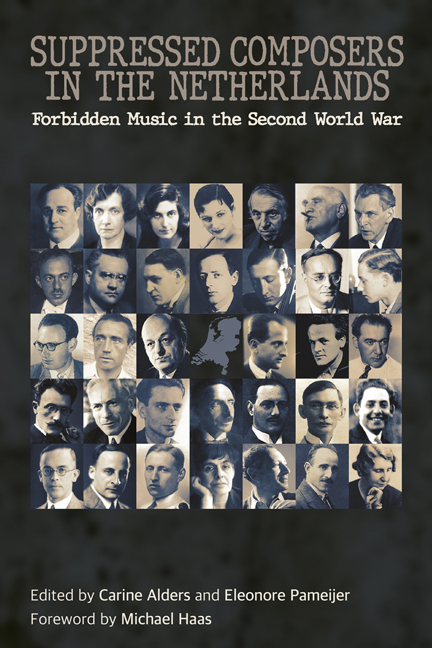20 - Ignace Lilien
Published online by Cambridge University Press: 09 May 2024
Summary
Ignace Lilien's home-town, Lemberg, known as Lviv in Ukrainian, and as Lwów in Polish, has a history of occupation by shifting powers. That is why the Germans had trouble establishing Lilien's true identity and how he survived the war with forged documents. He worked as a chemical engineer, but that didn't stop him from composing a large body of work. His life was as varied as his music, with influences ranging from Polish modernism to South American rhythms and timbres.
Lilien was born on 29 May 1897 in multicultural Lemberg, at that time an Austrian city where Poles, Ukrainians and Jews were the largest communities. At the end of the nineteenth century, it was a bustling metropolis; with an elegant new opera house, it was often referred to as ‘Little Vienna’. Around 1890, some Zionist organisations emerged, but the majority of the Jewish population was assimilated. Most spoke Polish, like the Lilien family, or German. Ignacy (his Polish name) was a linguistic prodigy. He expressed himself easily in German, French, Russian and English. His parents, Ernest Lilien and Emma Czeszer, had married in 1895. Ernest was the managing director of an agricultural bank and imported farm machinery from the United States; he moved there in 1913. A year later the couple divorced.
Ignace and a friend, who had been touring Europe by bicycle to visit all the significant museums, were in the Netherlands at the outbreak of the First World War. Travelling was too dangerous and on his mother's advice he remained in The Hague for the time being. She was now living in Geneva, remarried in 1916 to Conte Mario Gialina, an Italian architect. In 1919, still in the Netherlands, Ignace completed his First Symphony and he moved to Delft to study at the Technical University. In 1922, he obtained a degree in chemical engineering, and until his retirement in 1962 he was employed at the Chemical Products Factory (FCP, Fabriek voor Chemische Producten) in Pernis, near Rotterdam. He never returned to Lemberg.
Lilien arrived in the Netherlands with a rich musical heritage. He had studied piano with Theodor Pollak at the highly esteemed Ludwig Marek music school. Born in 1866 in Telč in southern Moravia, Pollak had studied in Vienna with such prominent teachers as Anton Door, Julius Epstein and Moriz Rosenthal. In Lemberg, Pollak's students were mainly from aristocratic and wealthy families.
- Type
- Chapter
- Information
- Suppressed Composers in the NetherlandsForbidden Music in the Second World War, pp. 193 - 200Publisher: Boydell & BrewerPrint publication year: 2024



